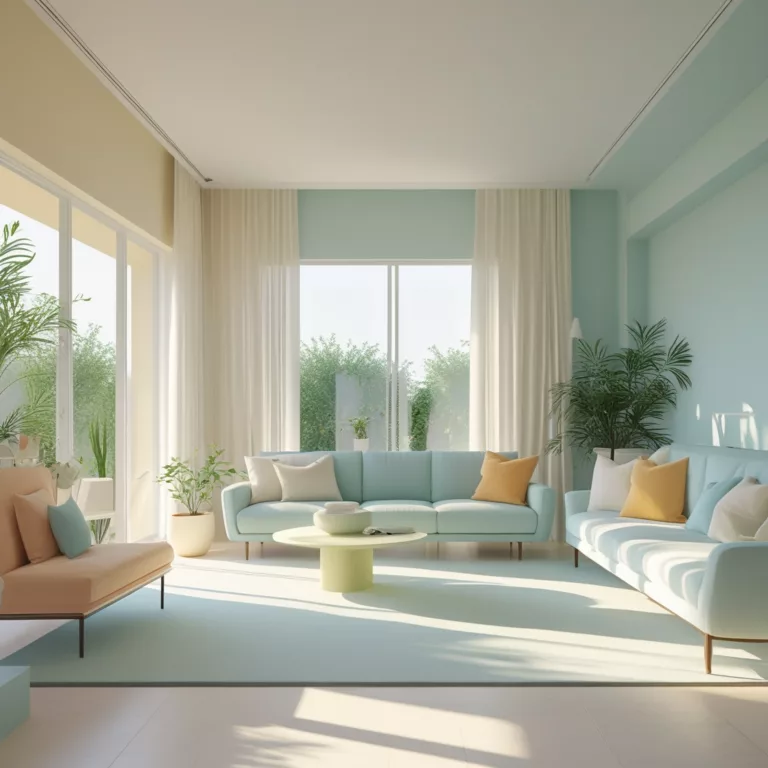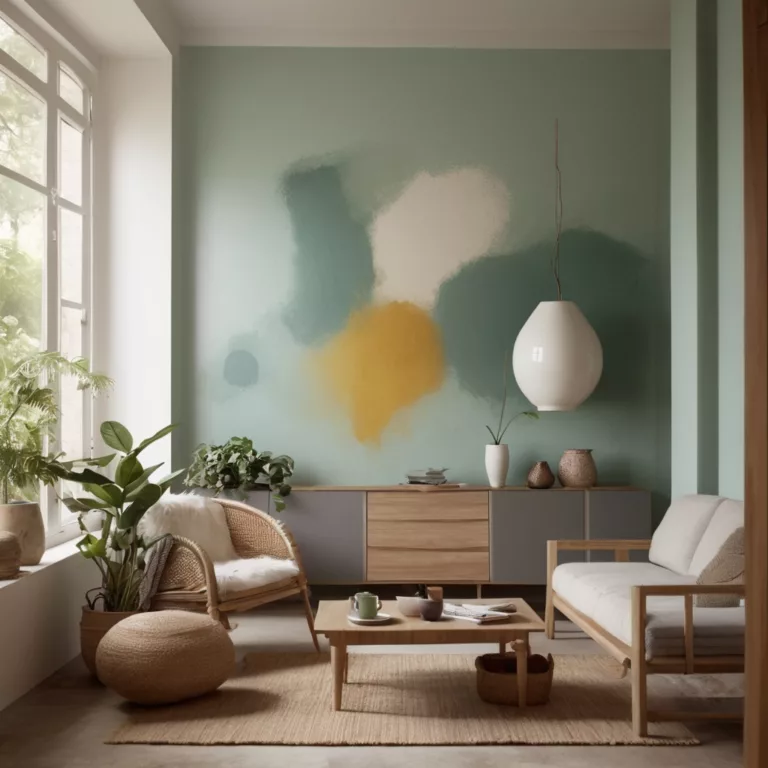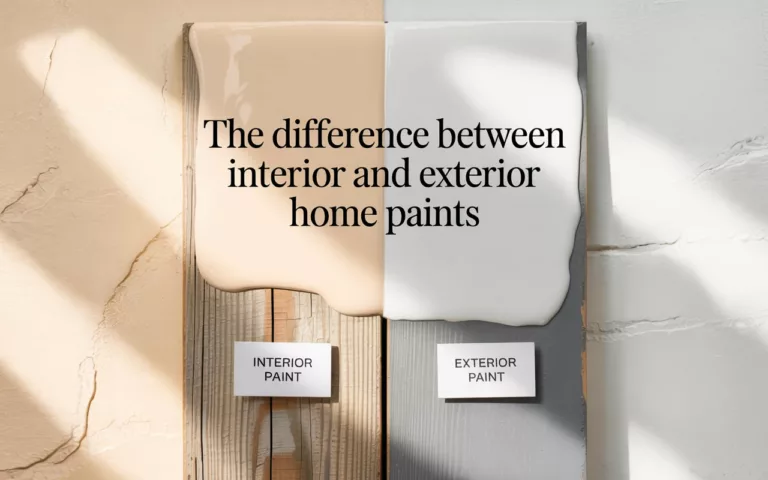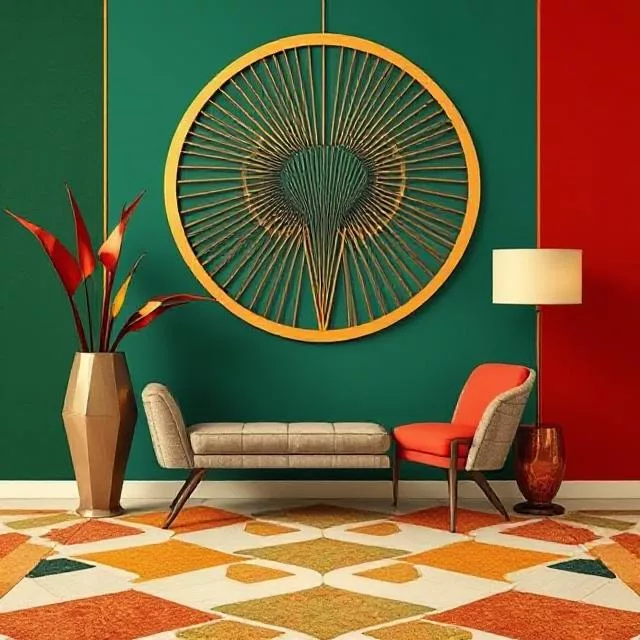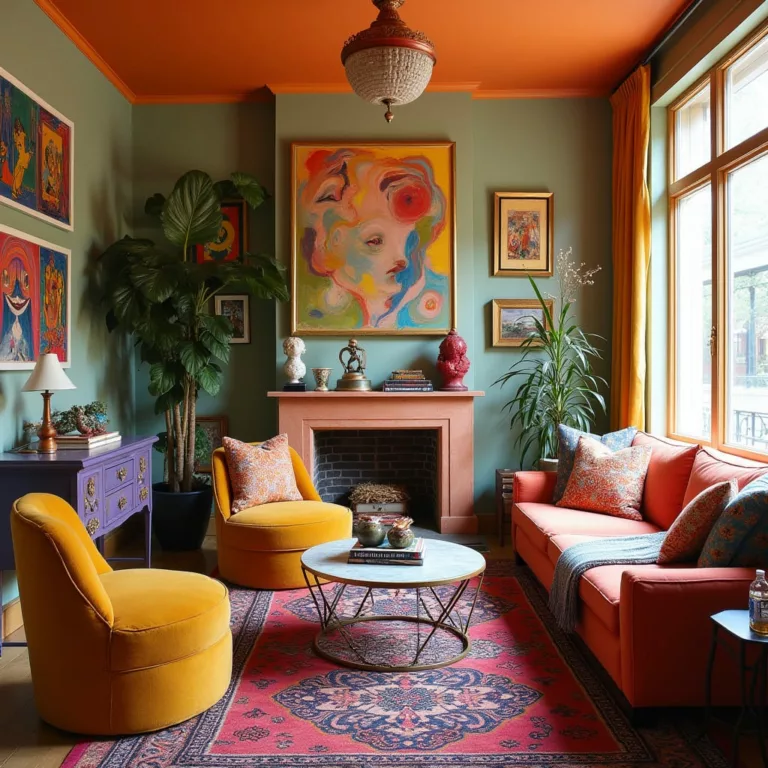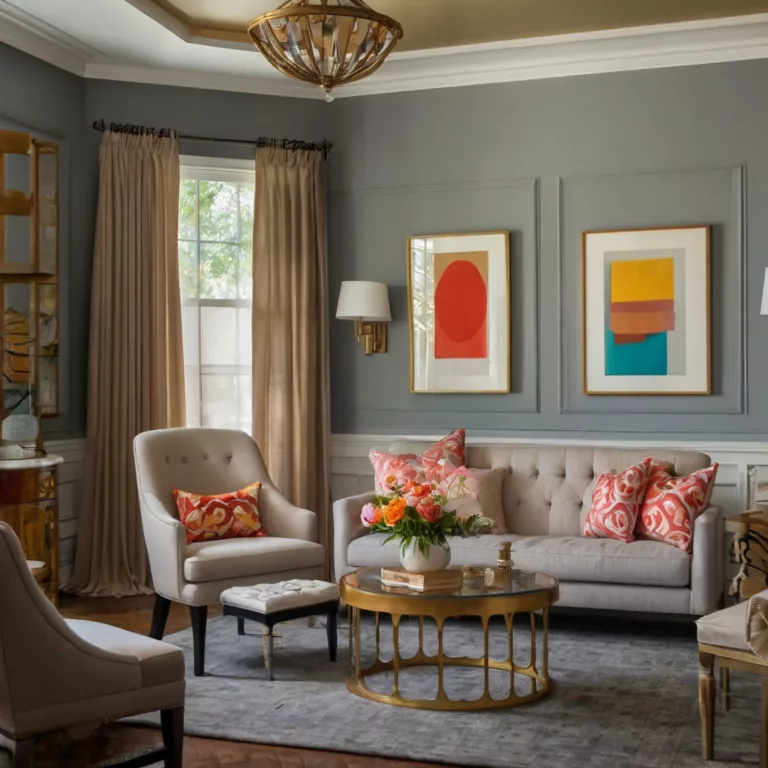Colors in Interior Design
Color plays a crucial role in interior design, influencing the mood, perception, and functionality of a space. Whether you’re designing a cozy living room, a serene bedroom, or a vibrant kitchen, choosing the right colors can transform your home. In this comprehensive guide, we’ll explore how to select the perfect colors for every room, use bold shades effectively, and avoid common mistakes in home decor.
How to Choose the Perfect Colors for Every Room
Choosing colors for your home isn’t just about personal preference—it’s also about understanding how colors interact with light, space, and emotions. Here are some key factors to consider:
- Understand Color Psychology
- Warm colors (red, orange, yellow) create a sense of warmth and energy.
- Cool colors (blue, green, purple) evoke calmness and relaxation.
- Neutral colors (white, gray, beige) offer flexibility and sophistication.
- Consider Natural Light
- North-facing rooms get cooler light; warm colors help balance it.
- South-facing rooms receive plenty of natural light, making most colors look vibrant.
- Harmonize with Existing Elements
- Consider the color of flooring, furniture, and décor to create a cohesive look.
- Use a color palette tool or inspiration board before committing to a scheme.
- Use the 60-30-10 Rule
- 60% of the room should be the dominant color (walls, large furniture).
- 30% should be the secondary color (upholstery, curtains, rugs).
- 10% should be the accent color (artwork, cushions, accessories).
Living Room Colors: Create a Cozy & Stylish Space
The living room is the heart of the home, where relaxation and socializing happen. The right color palette can make it feel inviting and stylish.
- Warm neutrals (beige, taupe, greige) create a cozy, sophisticated look.
- Earthy tones (terracotta, olive green, warm browns) add a natural, welcoming feel.
- Dark colors (deep blue, charcoal gray) bring a touch of drama and elegance.
- Accent colors like mustard yellow or teal can energize the space without overwhelming it.
Bedroom Colors for Better Sleep & Relaxation
The bedroom should be a sanctuary for rest. Certain colors promote relaxation and help improve sleep quality:
- Soft blues and greens reduce stress and create a tranquil atmosphere.
- Lavender and muted purples have a calming effect and add a touch of luxury.
- Warm neutrals (beige, blush, light gray) maintain a serene and cozy environment.
- Avoid bright reds and oranges, as they can be too stimulating for sleep.
Make Small Spaces Look Bigger with the Right Colors
Color can dramatically change the perception of space. To make a small room appear larger:
- Light colors like white, soft grays, and pastels reflect light and make spaces feel airy.
- Monochromatic schemes (variations of the same color) create a seamless look.
- Vertical stripes or color blocking on walls can enhance height perception.
- Glossy or satin finishes on walls and furniture reflect light, making rooms feel bigger.
Neutral Colors: How to Keep Them Chic, Not Boring
Neutral colors provide versatility but can feel dull if not used properly. Keep them stylish by:
- Mixing textures (linen, wood, metal, glass) to add depth.
- Layering different shades of beige, gray, and white for dimension.
- Incorporating patterns through wallpaper, rugs, and artwork.
- Adding bold accessories like colorful pillows, vases, or statement furniture.
Kitchen Color Trends That Boost Appetite & Energy
The kitchen is a place of activity, so color choices should enhance energy and appetite:
- Red and orange stimulate hunger and conversation.
- Green and yellow bring a fresh, inviting feel.
- Navy blue and dark gray add sophistication, especially in modern kitchens.
- White kitchens feel clean and timeless but benefit from colorful accents.
Bathroom Colors That Create a Spa-Like Atmosphere
A well-designed bathroom should feel like a retreat. The best colors for a spa-like vibe include:
- Soft blues and seafoam greens evoke water and tranquility.
- Whites and creams create a clean, luxurious feel.
- Earthy tones like sand and taupe bring warmth and relaxation.
- Black accents add sophistication and contrast without feeling overwhelming.
Bold Colors: How to Use Them Without Overwhelming Your Space
Bold colors can add personality, but they should be used strategically:
- Limit bold hues to one or two statement areas (an accent wall, furniture, or decor pieces).
- Balance with neutrals to keep the space from feeling chaotic.
- Use complementary colors to create harmony instead of contrast overload.
- Consider saturation levels—muted versions of bold colors are easier to live with.
Common Color Mistakes in Home Decor & How to Fix Them
Many homeowners make simple color mistakes that can throw off a design. Here’s how to avoid them:
- Using too many bold colors → Stick to a cohesive palette and balance with neutrals.
- Ignoring undertones → Always test paint samples in different lighting conditions.
- Overlooking ceiling color → A slightly lighter shade than walls can make the room feel open.
- Matching everything → Mix different tones and textures to avoid a flat, lifeless look.
Using Accent Colors to Highlight Your Home’s Best Features
Accent colors draw attention to architectural details and focal points:
- Highlight trim and moldings with a contrasting color.
- Use bold hues on a statement wall to emphasize depth.
- Pick a vibrant color for door frames, window sills, or built-in shelves.
- Introduce pops of color through furniture, textiles, and artwork for a dynamic look.
Conclusion
Color is one of the most powerful tools in interior design. By understanding color psychology, selecting the right shades for each room, and using bold hues strategically, you can create a home that feels both beautiful and functional. Whether you prefer timeless neutrals or vibrant tones, the key is balance and intentionality. Use this guide to make informed color choices that enhance your living space and reflect your personal style.
Art11deco


